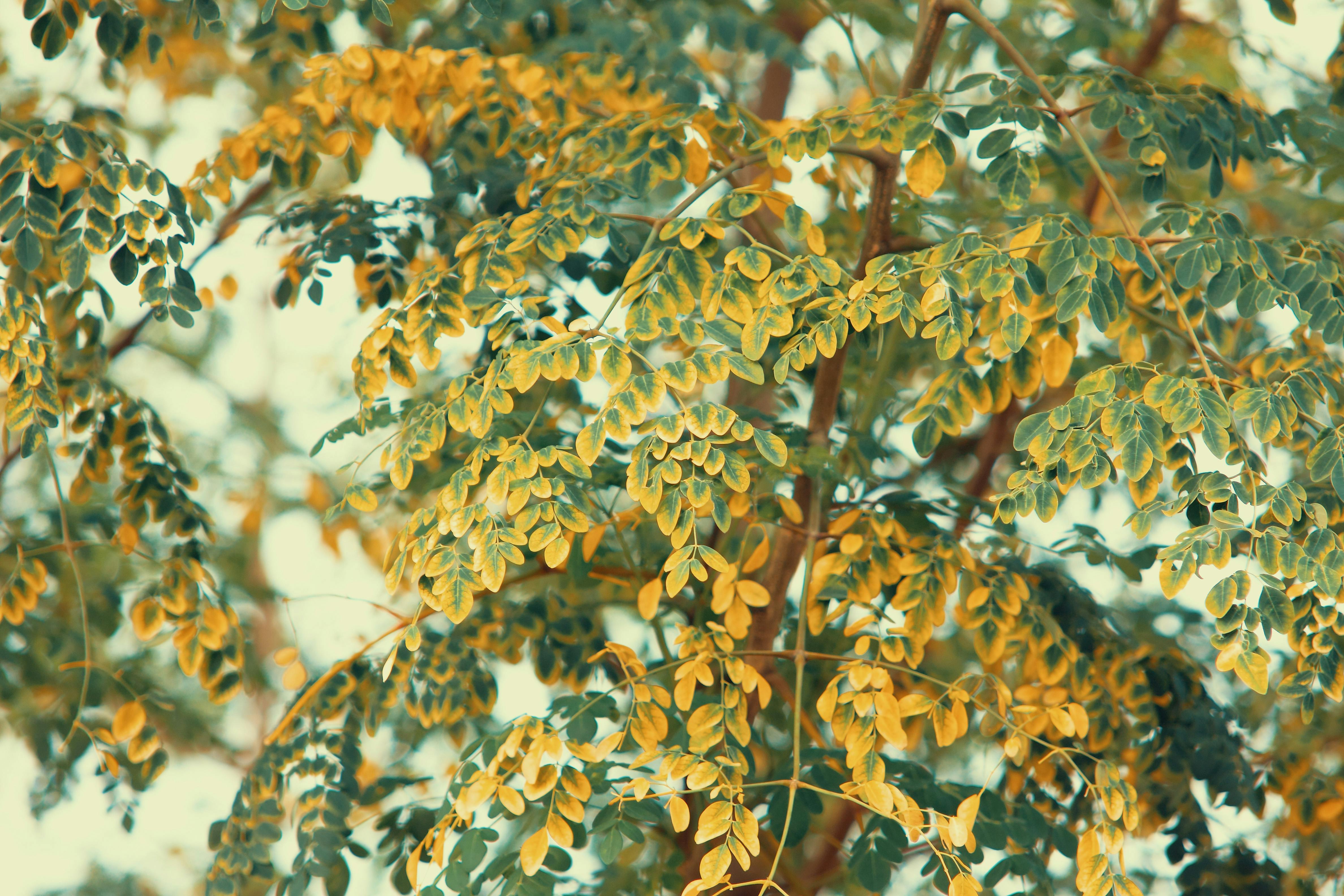Moringa (Moringa oleifera Lam.) leaf extract as biostimulant to enhance growth and yield of bitter gourd (Momordica charantia L.)
DOI:
https://doi.org/10.59120/drj.v15iNo.2.194Keywords:
Environmentally friendly, plant resilience, sustainable agricultureAbstract
Overreliance on synthetic agricultural inputs, such as inorganic fertilizers and pesticides that pose health and environmental risks has led to a continuous quest for more sustainable and ecologically sound approaches to crop production. This study explored using Moringa Leaf Extract (MLE) as a natural plant-based biostimulant to enhance the productivity of bitter gourd. It investigated the effects of foliar MLE application on the growth, compared to water and ethanol as solvents. The experiment was arranged in a Randomized Complete Block Design (RCBD) with three replications and five treatments: T1- 0 Application; T2- AVRDC Recommended Rate of Fertilizer (RRF) + Tap Water Spray; T3- RRF + Tap Water Spray; T4- RRF + MLE (water solvent); and T5- RRF + MLE (ethanol solvent). Data on vegetative growth, flowering, yield, and yield components were analyzed using ANOVA, while the Duncan Multiple Range Test (DMRT) was used to compare differences in treatment means. Results showed that except for vine and fruit length, MLE application significantly improved most attributes of bitter gourd, including days to 50% flowering, number of marketable fruits and fruits per plant, and average fruit weight and yield. Ethanol as a solvent for MLE yielded the best results, although statistical analyses revealed no significant differences between the two extracting solvents. The application of MLE, regardless of the solvents used, proved to be an effective biostimulant offering an alternative and environmentally friendly approach to enhance the productivity of bitter gourd.
Downloads

Downloads
Published
Issue
Section
License
Copyright (c) 2024 Melrose G. Pusta, Erna S. Macusi

This work is licensed under a Creative Commons Attribution-NonCommercial 4.0 International License.
DRJ is an open-access journal and the article's license is CC-BY-NC. This license allows others to distribute, remix, tweak, and build on the author's work, as long as they give credit to the original work. Authors retain the copyright and grant the journal/publisher non-exclusive publishing rights with the work simultaneously licensed under a https://creativecommons.org/licenses/by-nc/4.0/.





